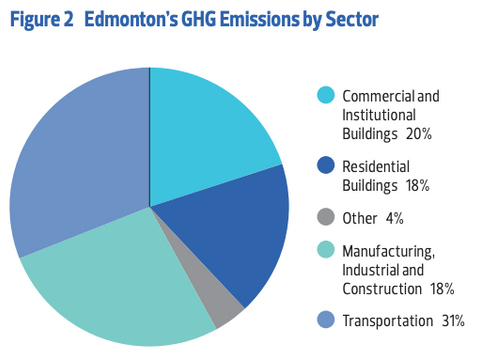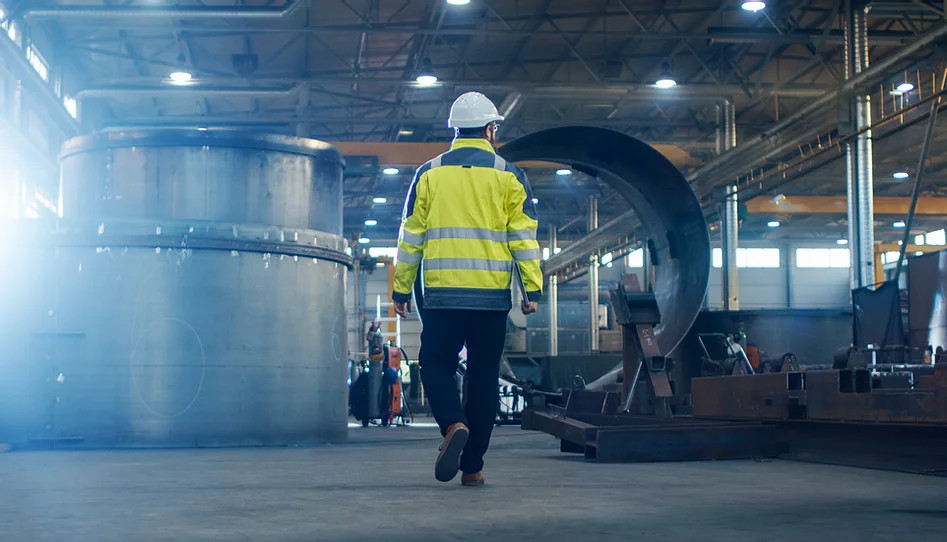Campaign 2021: Edmonton’s Energy Transition
- Ashley Salvador
- Apr 22, 2021
- 4 min read
On Monday, April 19, City Council passed the updated Community Energy Transition Strategy - our boldest plan to date for climate action. This is a historic plan that sets Edmonton on a course to drastically reduce greenhouse gas emissions over the next 29 years as we look to become a low-carbon city.

The Problem
Our greenhouse gas emissions (mostly carbon dioxide and methane gas) continue to grow, even though we’ve known for decades that their warming effect would come with disastrous consequences for the habitability of our planet.
Major international agreements like the Kyoto Protocol, Paris Agreement, and Copenhagen Climate Accord have been made, but emissions have continued to rise dramatically. The target of limiting warming to 1.5C is increasingly distant.
Edmonton, a city of about a million people, emitted over 17 million tonnes of carbon dioxide equivalents in 2019 (from the plan, page 7), just over 47,000 tonnes every day. It's one of the fastest warming regions in the world, and we are already seeing the consequences. We can expect to see more frequent and intense weather events, wildfires, urban flooding, and ecological destruction if we do not take decisive action.
I pursued a degree in sustainability because climate change is one of the most pressing issues of our time.
I thought deeply about which lever for change I wanted to direct my energy towards, and at what scale I saw the most potential to have a meaningful impact. For me, that’s the scale of the city. That’s one of the reasons I founded YEGarden Suites and got my masters degree in urban planning because land use, densification, and the way we move around is intimately tied to climate change.
Cities as the Solution
With more than 80% of Canadians residing in urban areas, cities have a big role to play in shaping climate action, reducing our emissions, and ushering in a green recovery.
Edmonton's Energy Transition Strategy lays the foundation for this transformation. It includes 105 actions and outlines four major pathways for fighting climate change:

Renewable and Resilient Energy Transition - this would include greening our electricity and heating.
Emissions Neutral Buildings - like retrofits and building highly efficient new buildings.
Low Carbon City and Transportation - dense urban form, reducing car trips and increasing bike/walk/transit trips.
Carbon Capture and Nature Based Solutions.
These pathways focus on land use, transportation, and urban planning, as well as buildings, energy systems, and carbon sinks and offsets. Each pathway has goals, strategies, and actions that will require smart and intentional implementation over the coming years.
The Upside
Edmonton's Energy Transition Strategy is also a plan for prosperity. It's a plan for becoming a more competitive global city that attracts and retains talent and investment. It's a plan for job creation and a plan for health.
A Healthy, Livable City
The good news is building a low carbon city comes with significant side benefits. The physical form of our city amounts to our human habitat.
Our neighbourhoods can be safer and healthier, if we make them more walkable, and bikeable. The air our families breathe will be cleaner if we replace diesel transit and school buses with electric buses. Our quality of life will be higher if the essentials of life are within reach in a 15-minute district, and our cost of living will be lower.
By limiting sprawl and densifying existing communities, our city will be more efficient, and we’ll be able to keep taxes under control. These enhancements to our city will reduce our emissions and make Edmonton an even better place to live.
Jobs and Industry
An essential part of a great city is a thriving economy. Sometimes, climate action is framed in opposition to economic growth and prosperity, but taking action on climate change is the central economic opportunity of the next century.
The world’s markets and financial institutions are aligning more than $70 trillion behind climate action. When $70 trillion dollars says it’s moving, you’d have to be foolish not to move with it.
The big economies of the world, including the USA and China, are making breathtaking investments in clean energy and transportation. Edmonton has a highly-educated population, world-class post secondary institutions, and established expertise in engineering. Our region is well positioned to capture that prosperity and grow into a low-carbon energy powerhouse. We can attract and create startups, participate in research deploying climate-friendly solutions, and help our province and country become a climate leader.
As one of our heroes once advised, we should move to where the puck is going. The big world economies are passing the puck. Let’s skate to open ice and take it.
We must take responsibility for our future.
We have a responsibility to preserve our climate for future generations. Building a low-carbon future starts with building better cities, and I believe that I am the best positioned candidate in Ward Métis to lead us towards that low carbon future.
Taking action on climate change is about intergenerational equity and justice. It forces us to expand our conception of care and stewardship beyond our own existence to see that the actions we take (or don’t take) today, shape the lives of our children, grandchildren, and great-grandchildren.
Edmonton's climate action plan is just the beginning. The strength and efficacy of this plan will bear out in its details and implementation, with the most important medium-term step being the 2023 - 2027 capital budget.
Our success depends largely on funding each action according to its merit, and doing so at the appropriate time. Many of these decisions will be made by our next City Council. I'm counting on your support to help build a climate resilient, emissions-neutral city that serves Edmontonians well for generations to come.
Written by: Ashley Salvador & Conrad Nobert














